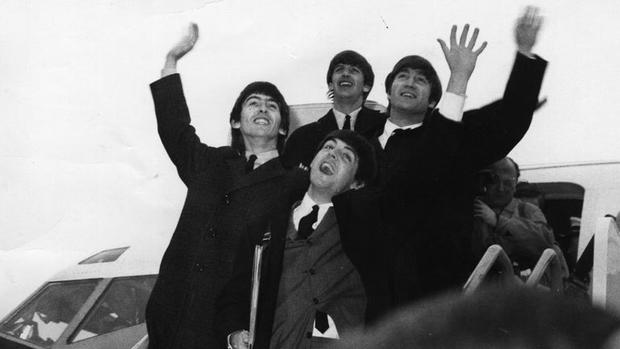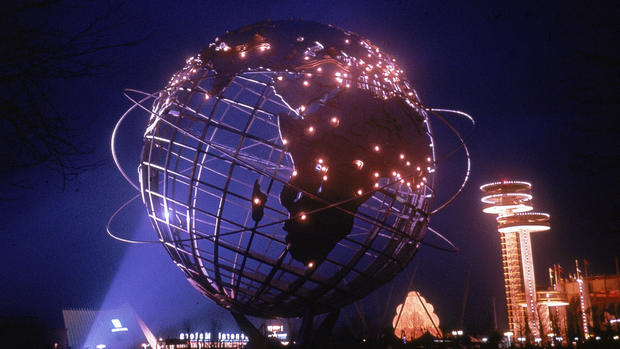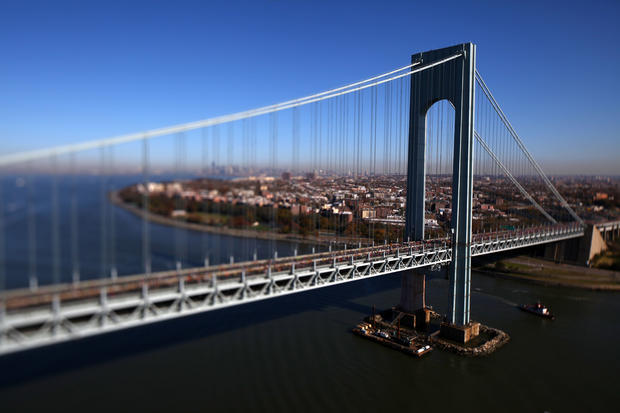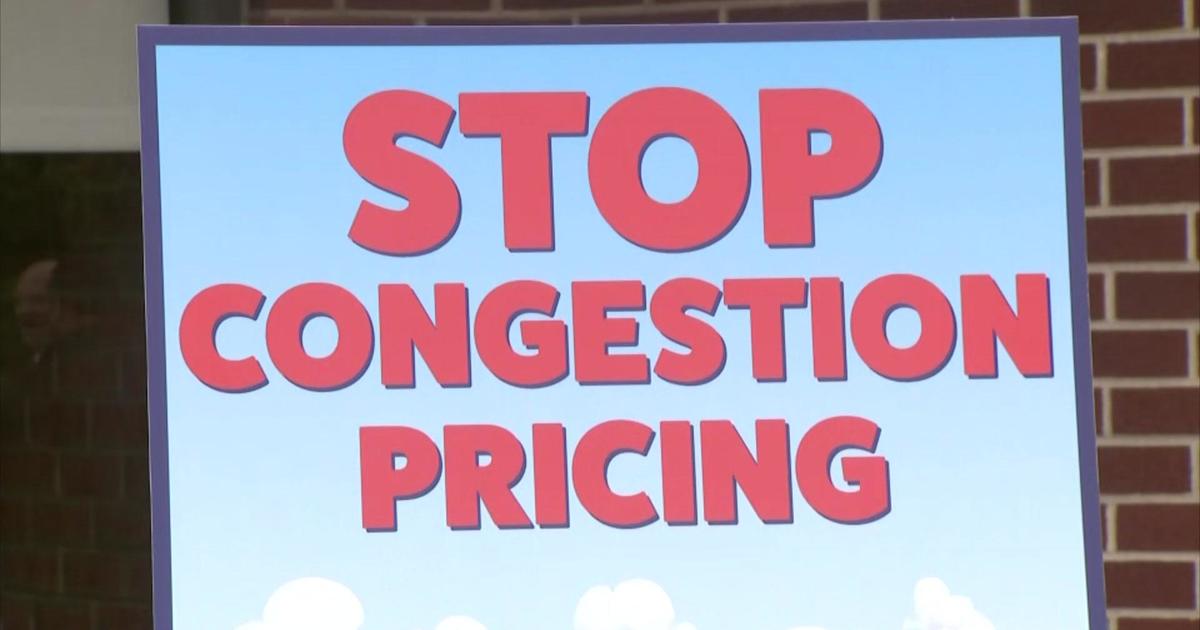Biggest New York Events Of The 1960s
Ask anyone who was over the age of four in 1963 and they will tell you precisely where they were when President Kennedy was assassinated. Considered the demise of our collective innocence, this seminal event reverberated out from Dallas worldwide and marked the end of an American era.
The changeling 60s took hold, pulsing with new ideas and breathing life into the staid, status quo. The Vietnam War raged on, women banned the bra and radios everywhere were jolted awake by the British Invasion. Nowhere was 1960s energy felt more acutely than in New York, a city as iconic as the decade shaping it. 1960s New York was supercharged with daily, larger-than-life happenings. These five, among many others, were unforgettable.
Beatlemania Begins: February 7, 1964
Thousands of overwhelmingly female, hyperventilating fans converged upon Pan Am Flight 101 when it landed at Kennedy Airport, hoping to catch a glimpse of John, Paul, George and Ringo. The "Fab Four," who had just skyrocketed to the top of the charts with "I Want to Hold Your Hand," were poised to conquer American radio waves and the hearts of eager teens from coast to coast.
By simply taking their first steps on American soil, the adorable, coiffed lads from Liverpool started a near-riot. Their appearance on the Ed Sullivan Show, two days later, solidified the beginnings of musical and cultural revolutions and the Beatles' place as rock 'n roll royalty. On August 15, 1965, the wildly popular foursome continued their love affair with New York fans by performing rock music's first stadium concert to record-breaking crowds at Shea Stadium.
The New York World's Fair Hosts Millions: April 22-October 18, 1964 and April 21-October 17, 1965
The third world fair hosted within the five boroughs, the 1964-65 New York World's Fair, which showcased the technological marvels of its age, almost didn't happen. Although its theme was "Peace through Understanding," many foreign nations including the Soviet Union, Canada and Australia did not participate in the fair, largely because it was not approved by the Bureau of International Exhibitions, a Paris-based body tasked with sanctioning world's fairs.
Undaunted by the dismissal of the BIE, New York master builder Robert Moses continued to spearhead construction of the Fair on a large tidal marsh used to dump garbage. When the Fair opened to national and international acclaim, visitors thrilled to exhibitions centering on the burgeoning space race and mid-twentieth century innovations, technological breakthroughs and culture.
Large, new-fangled machines called computers were glimpsed by many for the first time. The iconic Unisphere, a stainless steel, 12-story rendition of the planet, captured the essence of the endeavor and still stands on the old World's Fair grounds in Flushing, Queens.
The World's Longest Suspension Bridge Joins Two Boroughs: November 21, 1964
Whether it would make or undo the sleepy, rural borough of Staten Island was a matter of who you spoke to, but either way, it was a lock that life there would never be the same after the Verrazano-Narrows Bridge opened. Boasting a span of 4,260 feet centered between two 693-foot towers, this sweeping architectural marvel was the longest suspension bridge of its day, representing a pivotal link in the region's highway system and an alternate route to and from New Jersey.
Indiscernible to the naked eye, the Bridge's towers are 1 5/8" wider on top than at their bases, so as to accommodate for the curvature of the Earth. Three men died during the building of the Verrazano, but contrary to urban legend, none are buried within it. A lower level was added to the Bridge in June of 1969.
A Republican Renegade Becomes Mayor: January 1, 1966
Tall, Hollywood-handsome and with Liberal-party leanings, John V. Lindsay took the reins as New York City's mayor on the same day a massive transit strike, led by two unions, shut down the city and halted much of its commerce. The new mayor's trial by fire lasted 12 days, won transit workers a 15-percent pay raise and offered New Yorkers a telling glimpse into the leadership style and tenacious charisma which would earmark much of Lindsay's two-term reign.
Never to be loved by union leaders, Lindsay sought the approval of everyday New Yorkers instead, advocating for the type of broad-based change that would improve the lives of the disadvantaged and the neighborhoods they lived in. A divining rod for controversy, Lindsay led the city through one of its most turbulent eras, marked by seething racial tension, large-scale fiscal fallout and a plethora of strikes, including Broadway's three-day walkout, a seemingly unending, seven-month teacher strike and a nine-day sanitation strike in 1968.
A study in contrasts and all-too-human imperfection, Lindsay is credited with helping to avert the race riots which were blazing in cities like Chicago and Washington D.C. after Dr. Martin Luther King's assassination in 1968, yet was widely criticized for his mishandling of a massive blizzard the following year. A hero to some and villain to others, Lindsay's record of service to the city he loved remains controversial to this day.
Three Days of Peace, Love and Music Take Over Upstate: August 15-18, 1969
Musical history was made and a generation's vision of itself defined at the Woodstock Music & Art Fair, an unprecedented happening of astonishing and unexpected proportions. Tickets were pre-sold to 100,000 people, but over half a million teenagers and young adults descended upon Max Yasgur's 300-acre dairy farm, hoping to simply hear some good music from legends of the day like Jimi Hendrix, The Grateful Dead and Joni Mitchell.
What many got instead was a transcendent experience, woven together by music, unending torrents of rain, mud and the tightly-knit community they forged together for those few days. The festival was not without its drama - two deaths occurred, one through a drug overdose and the other by a tractor accident. Despite hardships, including severe traffic jams and food shortages, Woodstock remains to this day an unparalleled musical experience and the stuff of legends.
Corey Whelan is a freelance writer in New York. Her work can be found at Examiner.com.








